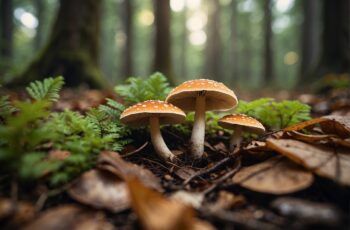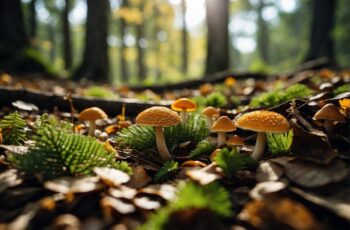As springtime heralds the arrival of fresh, earthy treats among the underbrush, you might find yourself joining the ranks of eager foragers scanning the forest floor for the esteemed blonde morel. These elusive fungi, a signal of nature’s awakening, are not only a delightful culinary component but also a testament to the richness of spring’s bounty. Known scientifically as Morchella americana, blonde morels are distinguishable by their honeycomb-like appearance and captivating flavor, distinguishing them within the world of wild mushrooms.
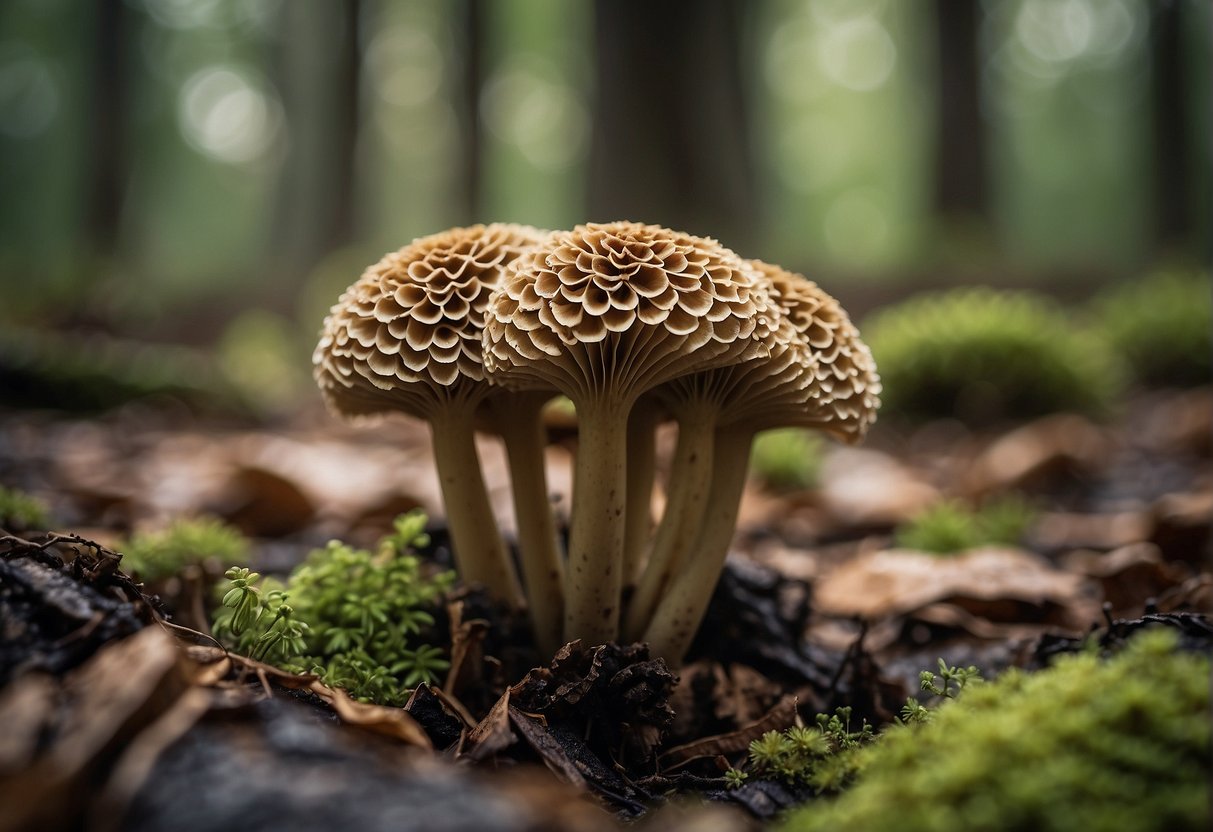
Your pursuit of morel mushrooms is more than a simple hobby; it’s an outdoor endeavor that taps into ancestral gathering instincts. With patience and an observant eye, you have the chance to spot these blonde treasures amid the awakening foliage. They often prefer the company of certain trees, like elms, ashes, and poplars, and make their appearance as the ground warms. The joy in finding your first one of the season is a rite of passage for any foraging enthusiast.
Beyond the thrill of the hunt, blonde morels offer a gourmet experience. Their unique taste and texture enhance a variety of dishes, from simple sautés to elaborate sauces. Morels must be cooked before consumption, as their raw forms can cause discomfort. A proper preparation ensures you can savor this seasonal delight to the fullest, embodying the essence of spring with each bite. Whether a seasoned mushroom hunter or a curious novice, the world of blonde morels invites you to explore and enjoy the natural landscapes that offer up such exquisite spoils.
Biology and Habitat
Exploring the realm of blonde morels, you’ll discover their unique physical characteristics and preferred habitats. Understanding these aspects will enhance your foraging experiences.
Morphology of Blonde Morels
Blonde morels are distinguished by their honeycomb-like cap, which is pitted and ridged in a complex network pattern. What sets these morels apart is their unmistakable appearance with caps that are often light yellow to tan in color. The cap is attached to a white to pale-yellow hollow stem, making them easily identifiable in the wild.
Favorite Growth Environments
Your search for blonde morels should focus on wooded areas with moist, loamy soil. These fungi thrive in temperate climates, especially where there is a combination of moisture, spring warmth, and organic matter, which serves as fuel for the mycelium beneath the soil surface.
Associated Tree Species
These elusive mushrooms have a symbiotic relationship with certain trees, often found in the company of ash, elm, and poplar. The decaying matter of these trees offers a rich bed for morels to grow. Spotting dying or dead ash trees might signal that you’re in a promising area for blonde morels. Remember, your keen observation of these arboreal partners greatly increases your chances of a rewarding forage.
Culinary Profiles and Uses
Blonde morel mushrooms offer exceptional versatility in the kitchen, prized for their distinctive flavor and texture. They can transform an ordinary dish into a gourmet experience.
Flavor and Culinary Combinations
Blonde morels are celebrated for their earthy and nutty taste which pairs well with butter and cream-based sauces. Their unique umami quality makes them a favorite addition to your risotto and pasta recipes. To best bring out the subtle flavors in blonde morels, a simple sauté in butter with a pinch of salt can be delightful.
Cooking Techniques and Pairings
Your cooking technique can significantly affect the taste and texture of blonde morels. When sautéed, they develop a tender texture, which is excellent in soup or as a steak topping. Alternatively, roasting or frying these mushrooms can introduce a crispy edge that complements the creamy textures in casseroles or as a topping on chicken dishes. Use high-quality oil to preserve their natural flavor.
- Sautéed: Use butter or oil over medium heat until tender.
- Roasted: Toss with oil and season, then cook at a high temperature until crispy.
- Fried: Batter and deep-fry for a crunchy exterior and soft interior.
Renowned Blonde Morel Dishes
Championed by chefs worldwide, blonde morels make appearances in signature dishes such as Morel Risotto and Creamy Morel Chicken. They bring a luxurious touch to steak au poivre as a flavor-enhancing addition. Furthermore, incorporating these mushrooms into cream-based soups enhances the body and richness, while their addition to earthy sauces over pasta creates deeply satisfying meals.
Foraging and Sustainability
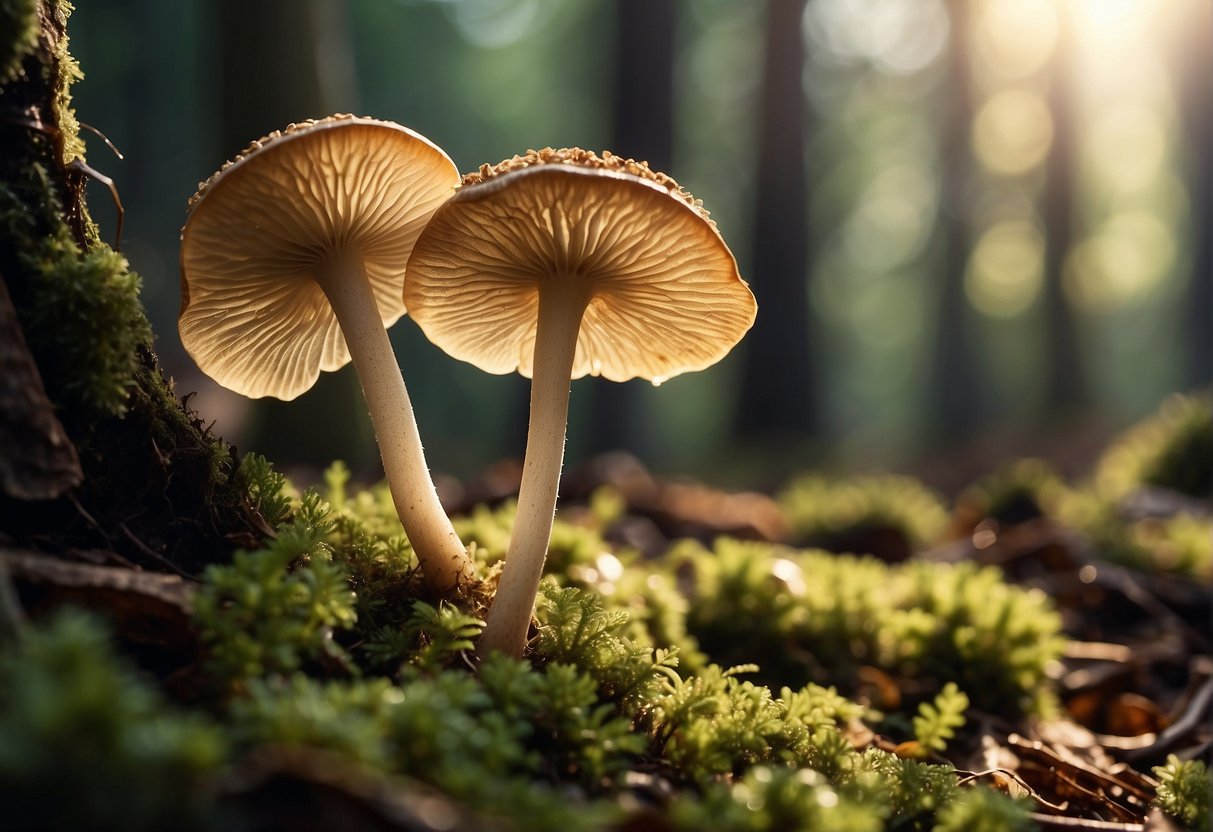
When you’re out foraging for morels, it’s essential to be mindful about sustainability and the impact of your actions on the environment. Morels are not only a treasured find for mushroom hunters but also a species that requires careful practice to ensure their continued abundance.
Harvesting Season and Techniques
Morels typically appear in the springtime, thriving in temperatures between 60°F and 70°F after a period of rain. You’ll find that early spring conditions with their fluctuating temperatures and moist soil are prime for these elusive mushrooms. When you do find morels, use a mesh bag to collect them; this allows spores to disperse as you walk, encouraging future growth.
To harvest, gently twist the morel at the base to avoid pulling up the substrate which could damage the mycelium. Soak your freshly foraged morels briefly in saltwater to clean any debris and evict any insects, then rinse them lightly. Remember, these mushrooms are porous and over-soaking can make them soggy.
Conservation and Ethical Foraging
Morels are rare, and due to their elusiveness and expensive price tag, there’s an incentive to over-harvest. Adopt a “take only what you need” philosophy to ensure these mushrooms can be sought after for generations to come. Be aware of your local regulations; many areas have limits on the quantity you can forage to prevent over-picking.
Keep in mind while foraging, some morel look-alikes can be poisonous. It’s your responsibility to have the proper knowledge to identify them correctly. As a mushroom hunter, always practice ethical foraging—this means respecting private properties, not trespassing, and preserving the natural habitat. Your actions in the woods should ensure that morels remain a renewable resource, and the forests remain a welcoming place for all who enjoy their bounty.
Health Benefits and Nutritional Facts
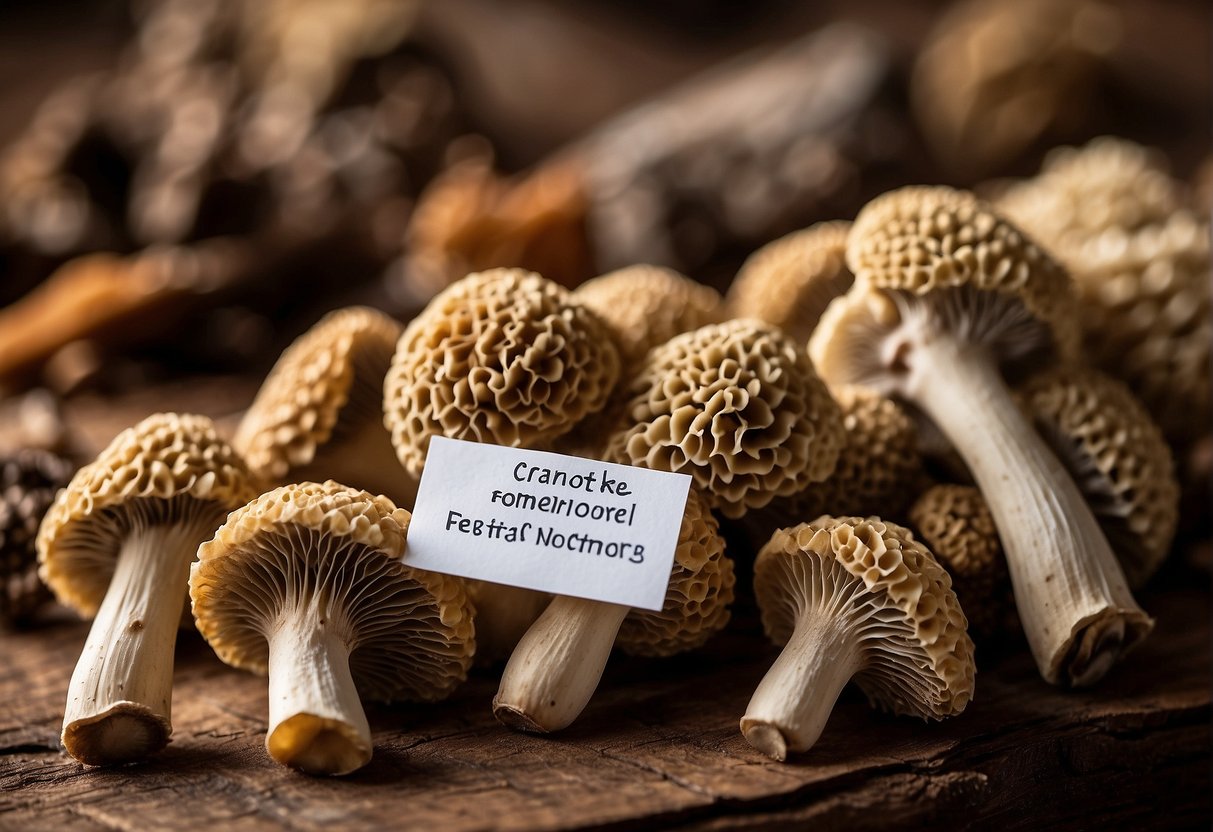
Exploring the great outdoors can be rewarding, especially when you come across natural foods like the blonde morel mushrooms. Not only are they a delight for your taste buds, but they also pack a punch in terms of nutrition, especially for those who love to lead an active, healthy lifestyle.
Nutritional Profile of Blonde Morels
Blonde morel mushrooms are potent sources of essential nutrients while being low in calories. Here’s what you need to know about their nutritional composition:
- Iron: Vital for your oxygen-carrying capacity, especially when you’re hiking through those high-altitude trails. Blonde morel mushrooms contain significant amounts of iron.
- Vitamin D: As you know, vitamin D plays a crucial part in bone health and it’s not often found in edible plants. However, these mushrooms are a rich source of this sunshine vitamin.
- B-Vitamins: B-Vitamins are crucial for energy production, making blonde morels an excellent snack for those long treks.
- Copper and Zinc: These trace minerals are essential for immune system function and overall wellbeing.
- Antioxidants: They contain antioxidants that help combat stress from environmental exposure and physical exertion.
Here’s a quick breakdown of why these nutrients are key for you as an outdoor enthusiast:
| Nutrient | Why It’s Good for You |
|---|---|
| Iron | Support your energy levels and oxygen transport. |
| Vitamin D | Critical for bone health and immune function. |
| Copper | Important for energy production and recovery. |
| Zinc | It aids in healing and operates within the enzyme systems of your body. |
| Potassium | Regulates fluid balance and controls the electrical activity of your heart and other muscles. |
| Antioxidants | Help to protect cells from damage and bolster your immune system. |
Through careful foraging, adding blonde morels to your diet provides you with these key elements to maintain your vitality in the wilderness.

